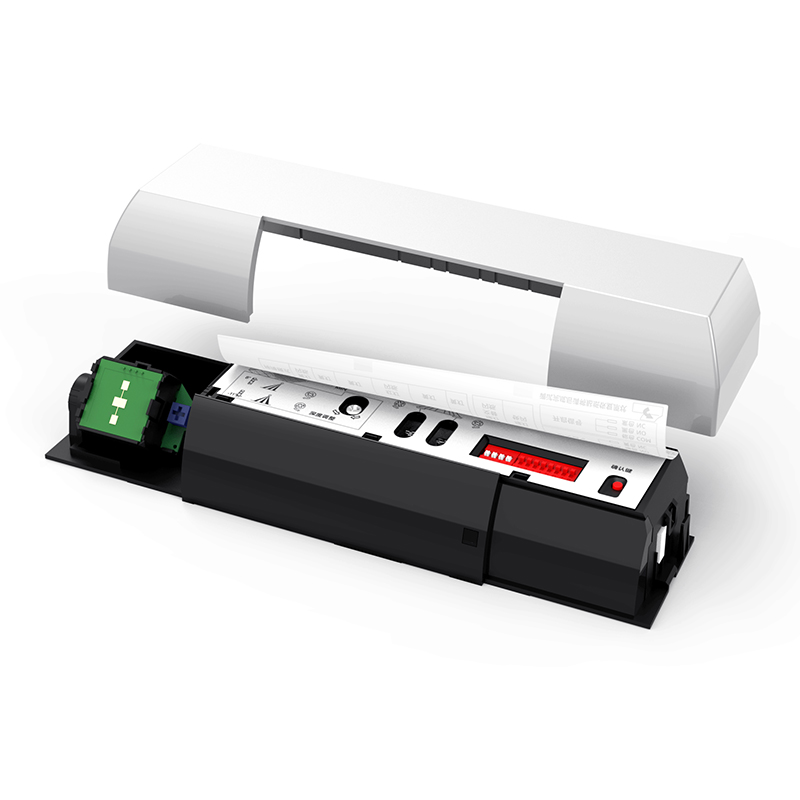How does a door motion sensor switch work, and what are its primary components?
Door motion sensor switches, also known as motion-activated switches, offer a convenient and hands-free way to control lighting or other electrical devices. These switches detect motion within their range and automatically trigger the connected device to turn on or off. In this article, we delve into the inner workings of door motion sensor switches, explaining how they operate and discussing their primary components.

How Does a Door Motion Sensor Switch Work?
Door motion sensor switches utilize various technologies to detect motion and activate the connected device. The basic principle involves detecting changes in infrared radiation or sound waves caused by movement in the sensor's vicinity. Here's how the process typically works:
1. Detection: When a person or object moves within the sensor's detection range, it triggers a change in the surrounding environment, such as a sudden increase in infrared radiation or sound.
2. Sensor Activation: The motion sensor switch's primary component, the sensor module, detects these changes using specialized sensors. Common types of sensors include passive infrared (PIR) sensors, ultrasonic sensors, and microwave sensors.
3. Signal Processing: Upon detecting motion, the sensor module sends a signal to the switch's control unit, indicating that activation is required. This signal is processed by the control unit, which determines the appropriate action based on predefined settings.
4. Device Activation: The control unit then sends a signal to the connected electrical device, such as a light fixture or motor, instructing it to turn on or off as required.
5. Time Delay: Many door motion sensor switches include a time delay feature, which prevents rapid activation and deactivation in response to brief movements. This delay ensures that the connected device remains on for a predetermined period before automatically turning off again.
Primary Components of a Door Motion Sensor Switch
1. Sensor Module: The sensor module is the heart of the motion sensor switch, responsible for detecting motion using specialized sensors. Common sensor types include PIR sensors, which detect changes in infrared radiation, ultrasonic sensors, which emit and receive ultrasonic waves to detect movement, and microwave sensors, which transmit and receive microwave signals to detect motion.
2. Control Unit: The control unit processes signals received from the sensor module and determines the appropriate action based on predefined settings. It controls the activation and deactivation of the connected device and may include additional features such as time delay, sensitivity adjustment, and manual override.
3. Power Supply: Door motion sensor switches require a power supply to operate. They may be powered by batteries, which offer flexibility in installation but require periodic replacement, or by mains electricity, which provides continuous power but requires wiring installation.
4. Connected Device: The connected device, such as a light fixture or motor, responds to signals from the control unit to turn on or off as required. It must be compatible with the voltage and power requirements of the motion sensor switch.
Conclusion
Door motion sensor switches offer a convenient and energy-efficient solution for automating lighting and other electrical devices. By detecting motion and automatically triggering device activation, these switches enhance convenience, safety, and energy savings in various indoor and outdoor applications. Understanding how door motion sensor switches work and their primary components is essential for selecting the right switch for your needs and ensuring reliable performance.







